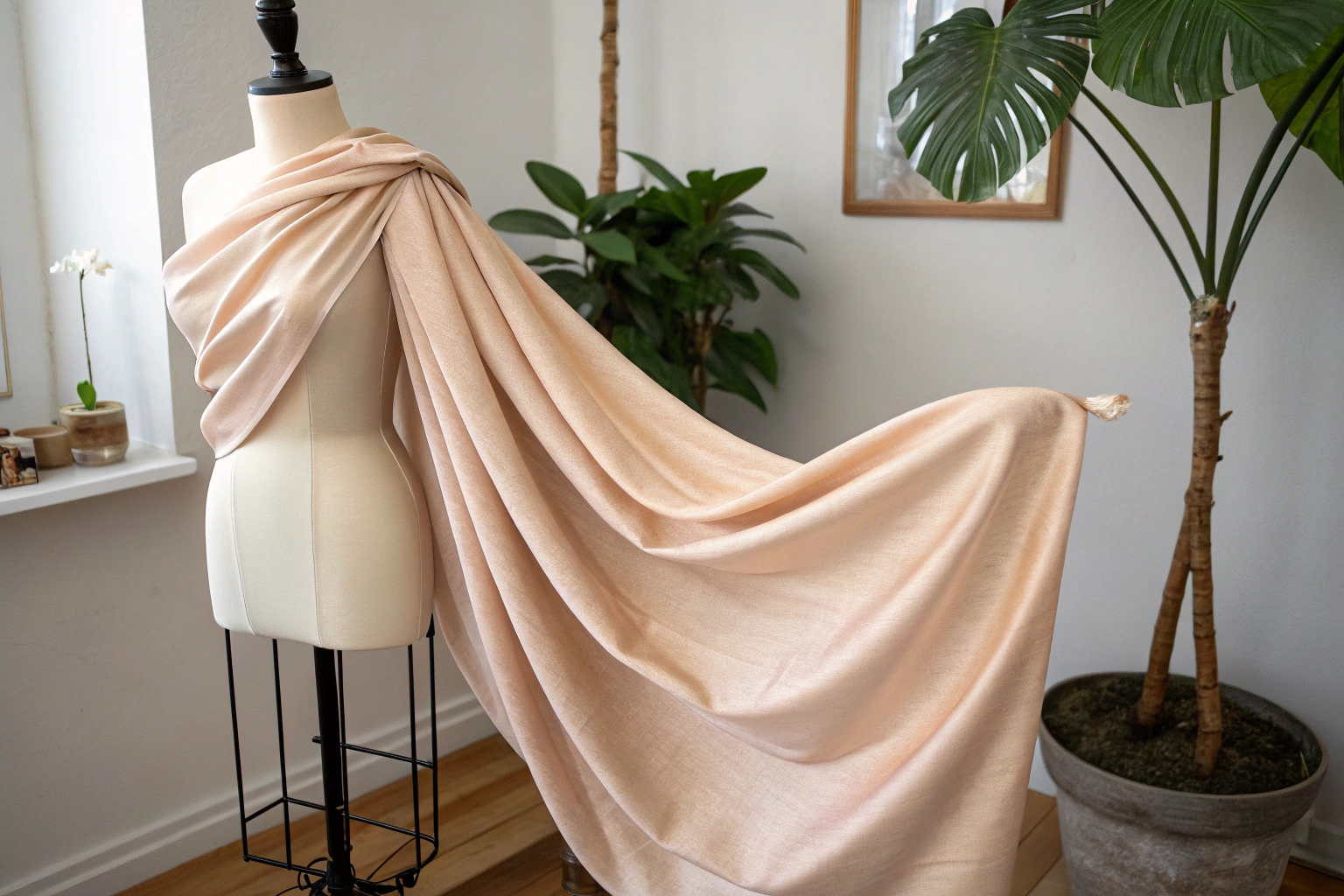Sustainability has become a defining factor in modern textiles. Both consumers and brands are now searching for fabrics that combine comfort, durability, and environmental responsibility. Among the options available, Tencel™, also known as Lyocell, has emerged as one of the most promising eco-friendly fibers. Still, many people ask what sets it apart from cotton, polyester, or viscose, and whether it truly deserves its reputation.
Tencel (Lyocell) is a semi-synthetic fiber made from wood pulp using a closed-loop production system. It offers silky softness, excellent breathability, and reliable durability while significantly reducing environmental impact compared with conventional fabrics. These characteristics explain why it is increasingly used in both apparel and home textiles.
This article explains how Tencel is produced, what makes it unique, why it is eco-friendly, and how it compares with other common fabrics.
What Is Tencel (Lyocell) Fabric?
Tencel belongs to the rayon family of fibers but is produced through more advanced and sustainable practices. The fiber is derived from wood pulp, usually sourced from eucalyptus, beech, or spruce trees cultivated in certified sustainable forests.
What makes Tencel stand out is its innovative closed-loop production process, which minimizes resource use and waste.
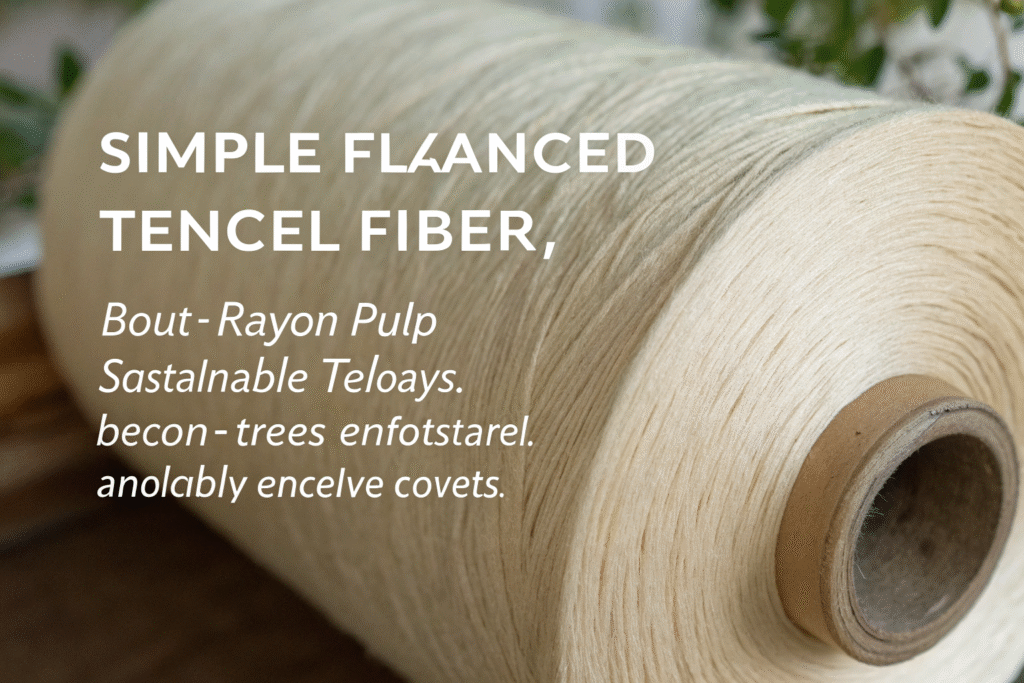
Key Characteristics
- Smooth Texture: Drapes like silk and feels soft against the skin.
- Moisture Management: Absorbs moisture more effectively than cotton, keeping fabrics cool and dry.
- Durability: Stronger than viscose and able to retain shape after washing.
- Skin-Friendly: Naturally hypoallergenic and resistant to bacterial growth.
According to Lenzing AG, the company behind Tencel, this fabric is designed to deliver comfort while meeting strict sustainability standards.
How Is Tencel Produced?
Traditional rayon production often uses toxic chemicals and large amounts of water, which create significant environmental concerns. In contrast, Tencel is produced with a safer and more efficient system.
The Lyocell process employs a non-toxic organic solvent (NMMO) and recycles almost all the water and solvent used, which reduces both chemical waste and resource consumption.
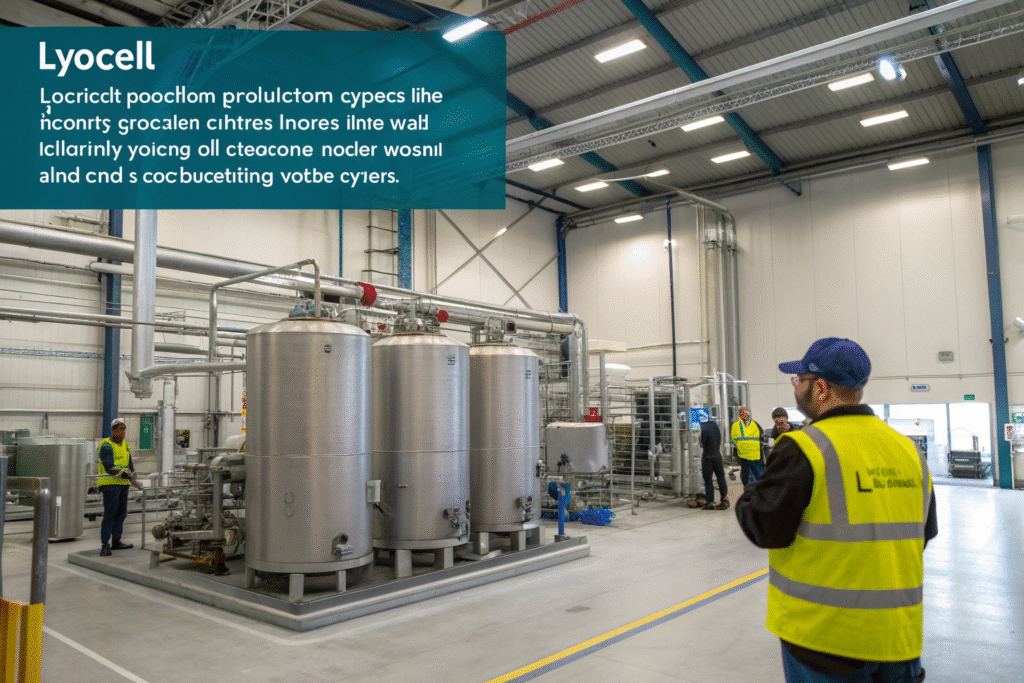
Step-by-Step Process
- Wood Harvesting: Trees are grown in FSC- or PEFC-certified sustainable forests.
- Pulping: The harvested wood is processed into cellulose pulp.
- Dissolving: The pulp is dissolved in NMMO solvent in a closed-loop system.
- Fiber Spinning: The solution is extruded through spinnerets to form fibers.
- Finishing: Fibers are washed, dried, and spun into yarns for use in textiles.
Because the system recovers and reuses over 99% of its solvent and water, it creates far less environmental impact than viscose or cotton production (Textile Exchange).
Is Tencel Eco-Friendly?
Yes. Tencel is considered one of the most sustainable fabrics available today. Its eco-friendly profile comes not only from the raw material but also from the efficient closed-loop manufacturing process.
From cultivation to finished fabric, Tencel reduces water, chemical, and energy use compared with cotton and avoids the plastic pollution associated with polyester.
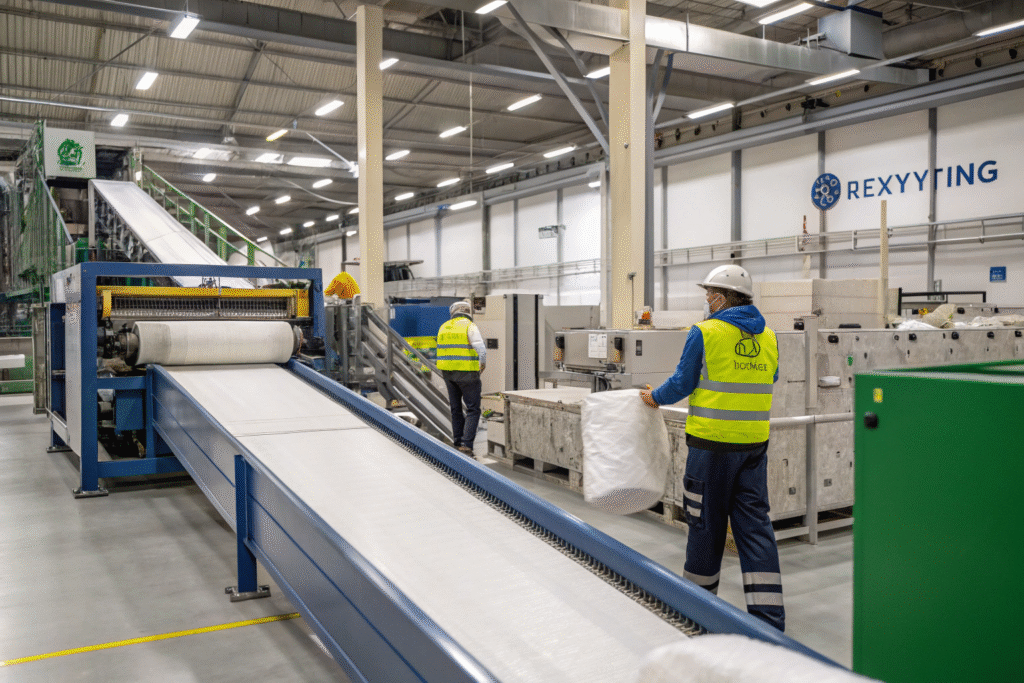
Environmental Benefits
- Sustainable Forestry: Raw wood is sourced from fast-growing trees requiring little irrigation or pesticides.
- Closed-Loop Production: Over 99% of solvents and water are recovered and reused.
- Biodegradability: Fibers are fully compostable in home, industrial, and even marine conditions.
- Lower Carbon Footprint: Production is less energy-intensive than cotton and avoids reliance on fossil fuels.
These combined factors make Tencel a reliable solution for reducing environmental harm while still delivering high-quality textiles.
How Does Tencel Compare With Other Fabrics?
To evaluate Tencel’s true value, it is helpful to compare it directly with other widely used fabrics. Cotton and polyester dominate global textile production, but both carry significant drawbacks.
Tencel often outperforms them in sustainability while matching or surpassing them in comfort and functionality.
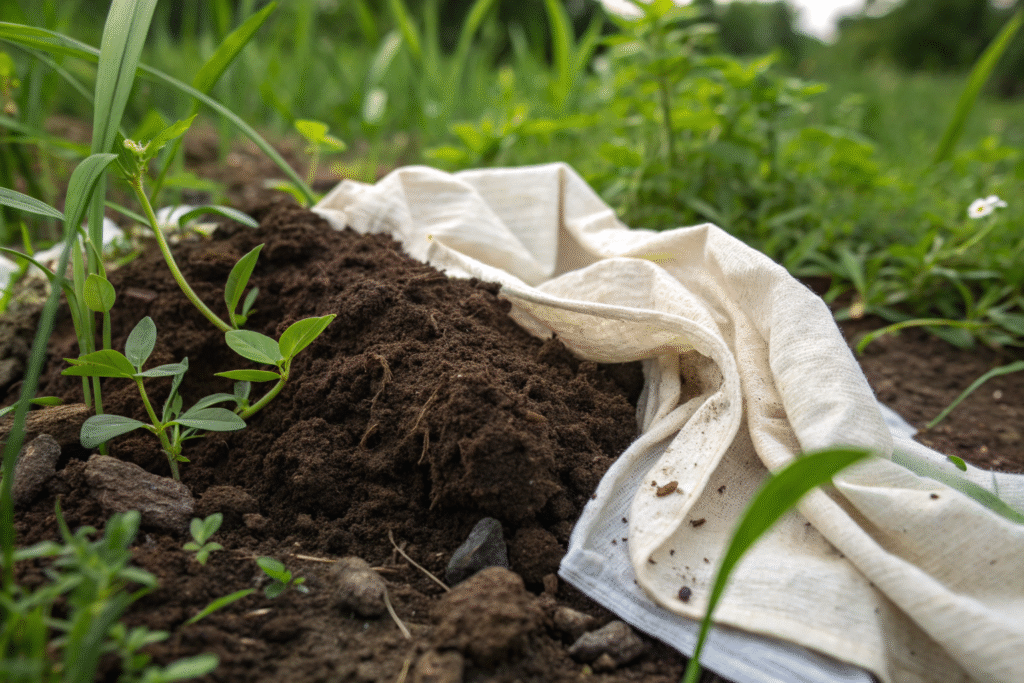
Comparison Table
| Feature | Tencel (Lyocell) | Cotton | Polyester |
|---|---|---|---|
| Source | Wood pulp | Cotton plant | Petroleum-based |
| Eco Impact | Closed-loop, low water | High water & pesticide use | High emissions, non-biodegradable |
| Breathability | Excellent | Good | Moderate |
| Moisture Absorption | Very High | High | Low |
| Biodegradability | ✅ Yes | ✅ Yes | ❌ No |
Reports such as Good On You highlight Tencel as a leading option for brands pursuing sustainability without compromising performance.
Conclusion
Tencel (Lyocell) represents more than just another textile innovation—it signals a shift toward responsible fabric production. Made from sustainably sourced wood and processed in a closed-loop system, Tencel combines softness, breathability, and durability with a much lower environmental footprint. Compared with cotton, it uses far less water and fewer chemicals. Compared with polyester, it avoids reliance on petroleum and microplastic pollution.
For buyers and fashion brands, choosing Tencel means offering consumers fabrics that are both premium and sustainable. At Shanghai Fumao, we supply Tencel fabrics and blends customized for fashion, activewear, and home textiles. To explore eco-friendly options for your next collection, contact our Business Director Elaine at elaine@fumaoclothing.com.

